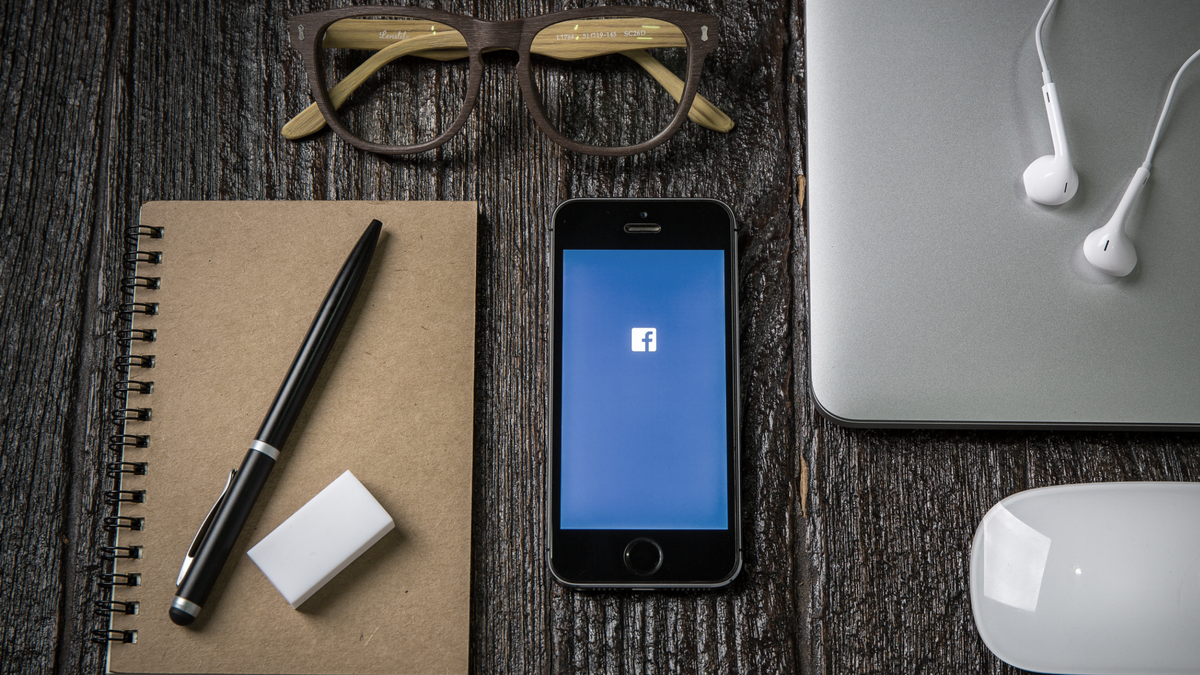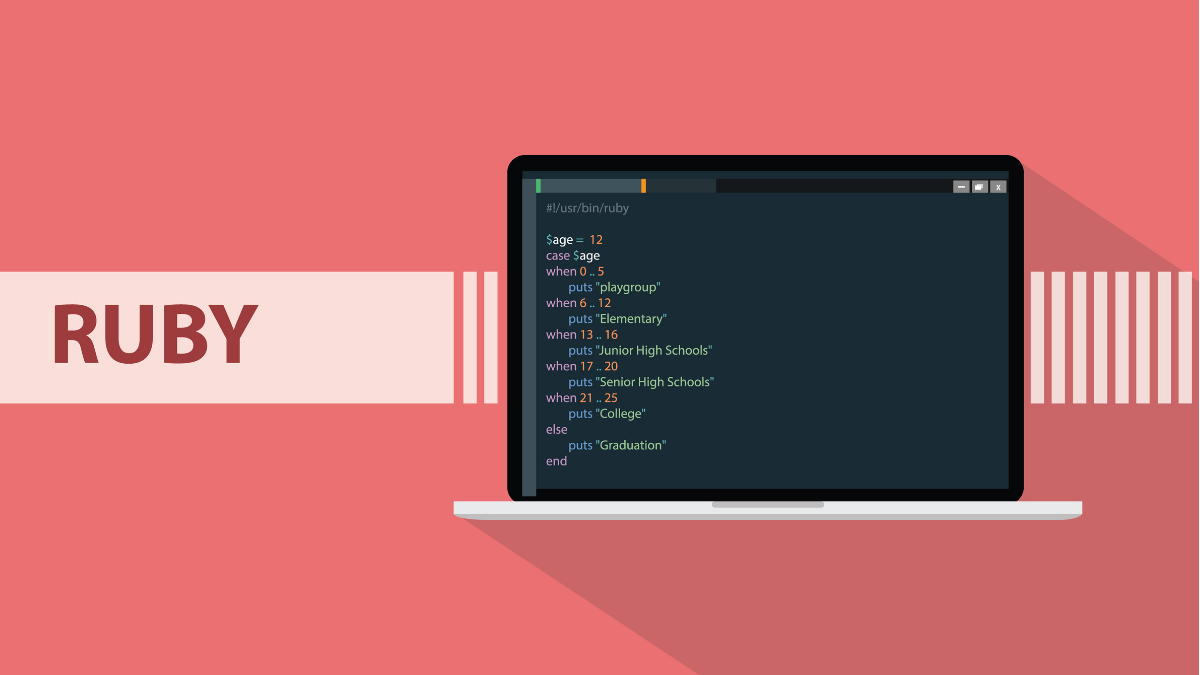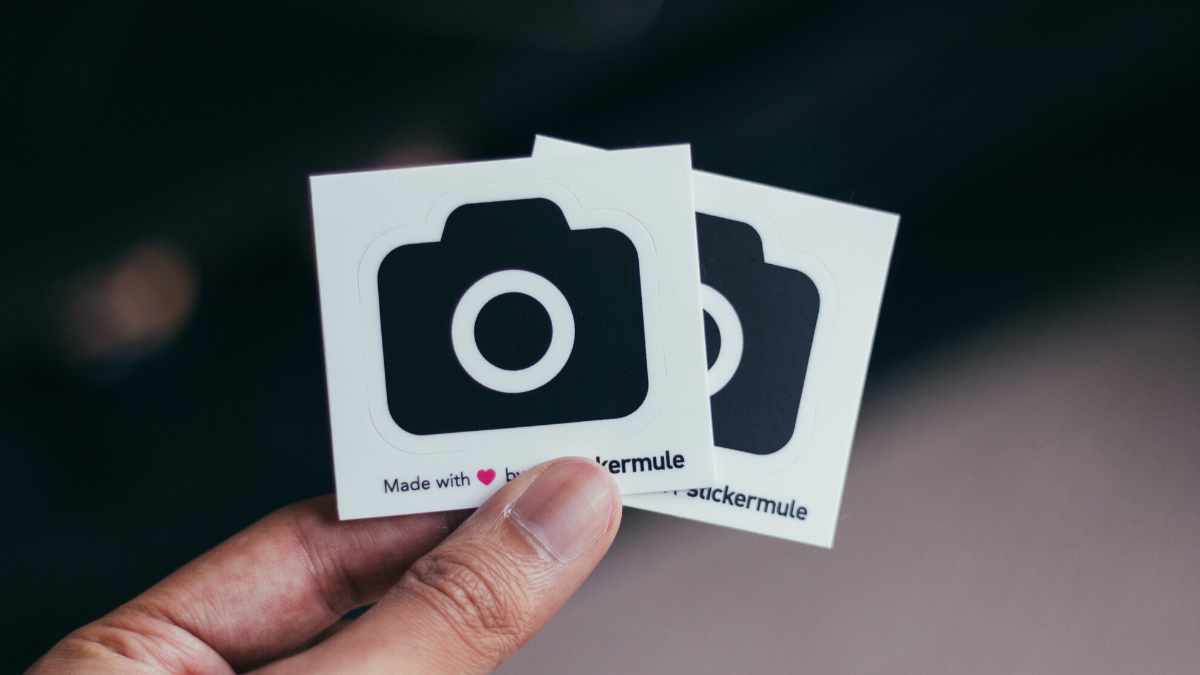Do you encourage fans to react to your Facebook posts?
I'm talking about these things:

Facebook introduced its now-familiar set reactions in early 2016 as a way for users to express themselves beyond a simple "Like".
As you might know, Facebook's algorithm assigns a different value to actions that users take in the News Feed, and adds these up to determine how many people will eventually be shown a post you publish.
When Reactions were first rolled out, Facebook explained that they would each given the same value as a like:
"In the beginning, it won’t matter if someone likes, “wows” or “sads” a post — we will initially use any Reaction similar to a Like to infer that you want to see more of that type of content. Over time we hope to learn how the different Reactions should be weighted differently by News Feed to do a better job of showing everyone the stories they most want to see." - Sammi Krug, Facebook Product Manager.
Notice that last sentence. Just over a year later, and now Facebook says that reactions will, indeed, now be worth more than a like:
"Over the past year we've found that if people leave a Reaction on a post, it is an even stronger signal that they'd want to see that type of post than if they left a Like on the post. So we are updating News Feed to weigh reactions a little more than Likes when taking into account how relevant the story is to each person."
Note: Facebook says that currently all reactions are weighted the same, so News Feed's algorithms won't be influenced based on how someone reacts. Yet.
Use of Reactions are on the rise, too
A study by Quintly of 105,000 Facebook brand Pages in May and June 2016 found that while Facebook Reactions made up just 6% of total post interactions, their use was increasing. The only reaction that decreased in the analyzed period was the established like – by 1%.

Quintly, at the time, surmised that:
"Facebook Reactions are a highly valuable feature for social media marketers since engagement with a post is one of the most important elements of linking customers to a brand."
What does this mean for businesses on Facebook?
In short, getting fans to react to your posts just got that bit more important - more Reactions should hopefully generate improved reach for your posts.
Perhaps your predominent content type already drives a strong reaction from fans:
Like anger, or sadness:
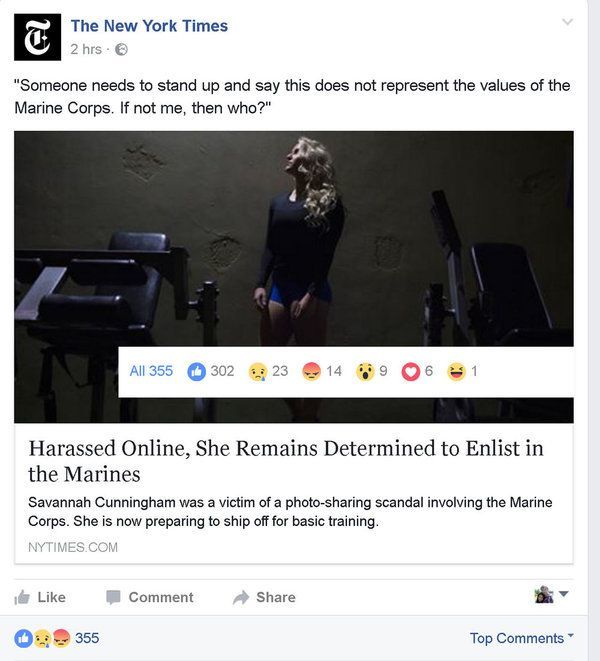
Or shock and awe:
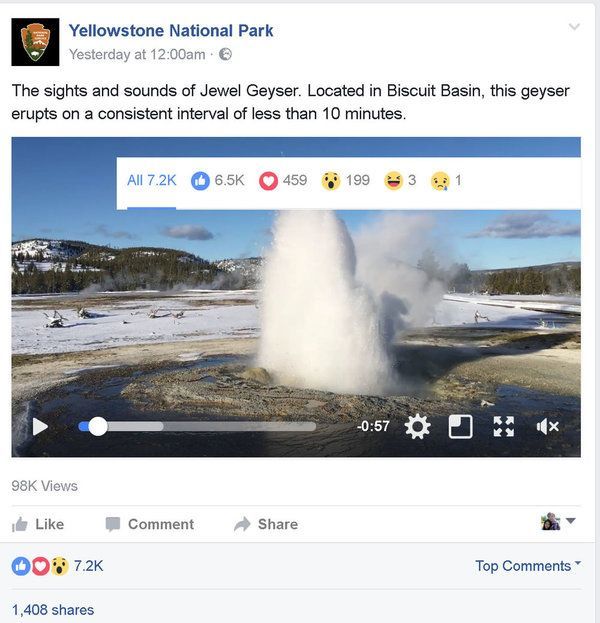
But if your content doesn't make fans feel and react strongly on face value, there are other ways to encourage it:
Use your caption and image to prompt fans into reacting a certain way. In the example below, the Ha-ha reaction and "LOL" are used in the image itself to almost subconsciously drive users into selecting that reaction.
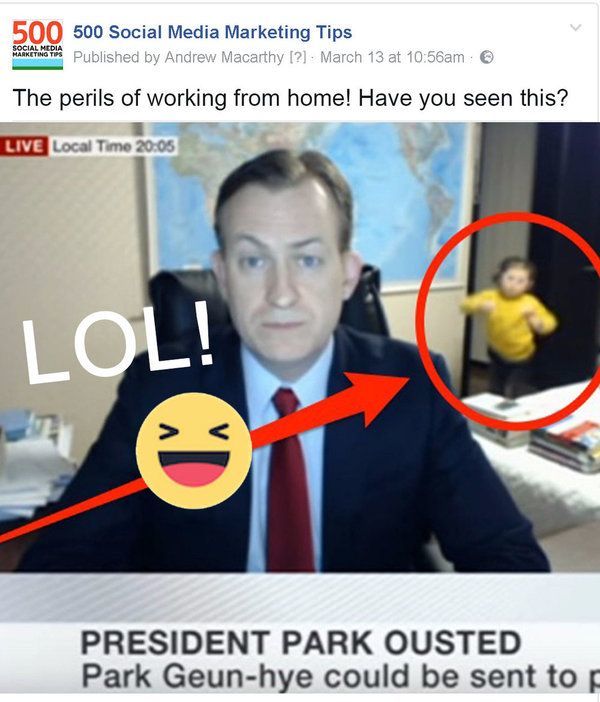
Alternatively, you could ask users to react as a way to answer a simple question. In the example below, users can react to express how they feel when Monday morning comes around.
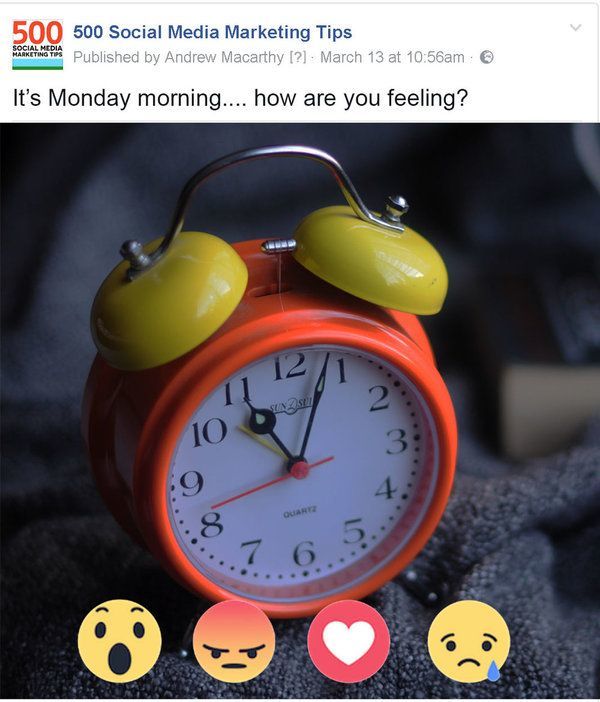
And don't forget video
Although I've shown image post examples above, if anything, video posts + reactions could be where the most striking benefits are to be found.
In the same Quintly study noted above, they found that videos received a massive 60% more reactions than image posts.
Quintly explains why this might be the case:
"For the consumer, images are easier and most of all faster to digest. Thus a “quick” interaction is stirred. When users spend more time watching a video, the brand message or information can be communicated in a more precise way than in an image. After watching the video, users seem to have a greater propensity for taking more time to express their feelings in a more detailed way by selecting a reaction and not by simply clicking the like-button."
In short, don't forget to drive reactions in video posts, too.
This post was originally published on Andrew Macarthy's blog
Source: SocialMediaToday

